
[Modification DIY] Why Upgrade Motorcycle Brake Master Cylinder?
on 2025-12-14
2022-04-10
If you plan to buy a car in recent years, I believe that the riders around you or the Internet media will mention that the new generation of motorcycles is equipped with different "electronic control" equipment, which makes the motorcycle faster and safer . However, each motorcycle has different electronic control equipment. It is difficult to understand the real purpose of each electronic control and compare the most suitable motorcycle for you. Therefore, Helmet King will explain the uses of various electronic controls for everyone today, so that everyone can understand their car better! The system names of different car manufacturers may not be the same, but the functions are roughly the same. You can use the information in this article flexibly.
The first introduction is ABS (Antilock Brake System), which is the anti-lock braking system. First of all, everyone should know that the greater the braking force, the easier it is to stop the motorcycle. Because the braking force is too strong, the tires may be directly locked and slipped, and the braking distance will become longer. However, in the absence of professional training, most people face danger and need to brake quickly. Usually, the first reaction is to press the brake vigorously. The existence of ABS is to solve this problem.
The principle of ABS is to use computer computing assistance to intervene in the distribution of braking force according to the current vehicle speed, tire slippage and other information. The principle is somewhat similar to distributing a single maximum braking force into consecutive multiple brakings. In addition to being helpful for emergency braking, ABS is also conducive to braking efficiency on wet and sandy ground. After years of development, ABS technology has become quite mature, and most motorcycles produced by Japanese and European brands will be equipped with it. In recent years, some new car models will be equipped with a more advanced "curve ABS". Currently only seen on higher-end models.
The full name of TCS is Traction Control System, and the Chinese translation is Tracking Control System. Its function is similar to that of ABS, which is to avoid tire slippage, but the timing of ABS is when braking, but the key management time of TCS is when the motorcycle starts, accelerates and curves. TCS can intervene to limit the output of throttle power by detecting whether the wheel speed distribution of each tire is normal. TCS is especially important for cars with high horsepower, because the accelerator pedal of cars with high horsepower is more sensitive. If the owner accidentally gives too much power when cornering, accidents are easy to happen, and TCS can avoid such situations. . On the track, sometimes more advanced driving skills and route selection will allow the tires to perform an appropriate amount of slippage (similar to tail flicking), but TCS will completely limit the occurrence of slippage, so some car models will allow car owners to choose to turn it off TCS may give car owners a choice of segments. However, on general roads, it is recommended to keep TCS turned on for better safety. TCS is quite common on middleweight cars.

Nowadays, the horsepower output and horsepower-to-weight ratio of new cars are getting crazy. If the rider gives a big throttle when he is not familiar with the situation of the motorcycle, the front wheel may be lifted directly, and in more serious cases, it may cause the car to roll over. Even if there is no related situation, the lifting of the front wheel is not conducive to the most efficient and complete release of the power of the motorcycle. Therefore, some more advanced models have begun to be equipped with a front wheel floating system, which limits the power of the motorcycle to be fully output in a short time. , to prevent the front wheel from floating. The front wheel floating system is a technology that has only appeared in recent years, so it can be seen mainly on the new generation of performance models.
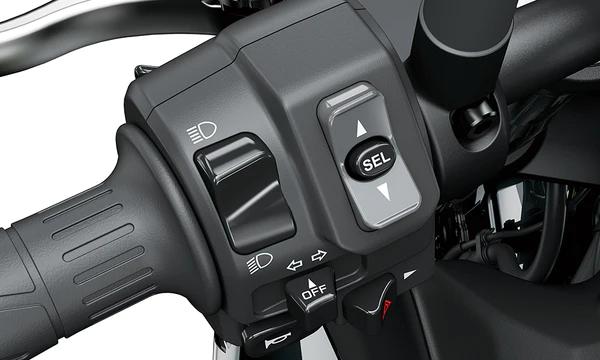
As mentioned above, the horsepower of new cars is becoming more and more crazy. Sometimes it is not easy to fully control it, and even the psychological pressure of driving a high-horsepower car will be greater. In view of this, many car manufacturers use computer control to divide the power of motorcycles into multiple power modes and limit the maximum power output, so that car owners can ride more easily in daily commuting or on rainy days without fear of the accelerator pedal. Slippage caused by mishandling. If you just bought a sports car with a larger displacement, you can also get used to the car from the power mode with a smaller power output, and then slowly use the full horsepower mode.
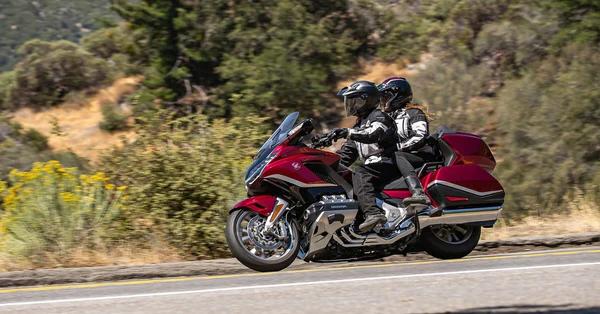
Many cars are equipped with cruise control systems, in fact, they can also be seen on motorcycles. As the name suggests, the cruise control
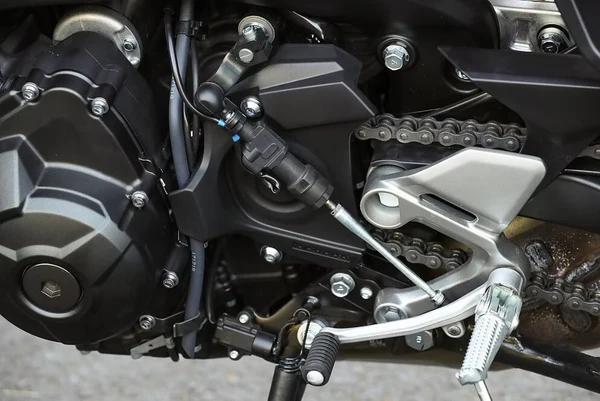
The function of Quick shift (quick up-and-down wave system) is to allow the rider to change the up-and-down wave without using the clutch. The emergence of this technology is mainly to allow the drivers on the field to reduce the loss of seconds when changing the wave. Therefore Commonly seen on sports cars. The original quick change system may only be available on up waves, down waves still have to operate the clutch. However, as the technology becomes more and more mature at any time, many of the new generation of Quick shifts support up/down waves at the same time. For the use of the track, the main purpose is to improve the lap speed, but on the daily use of the car, the fast lifting wave system can reduce the frustration when lifting the wave, and the owner's operation of the motorcycle is also easier. But at present, it is still mostly seen only on sports car models.

on 2025-12-14
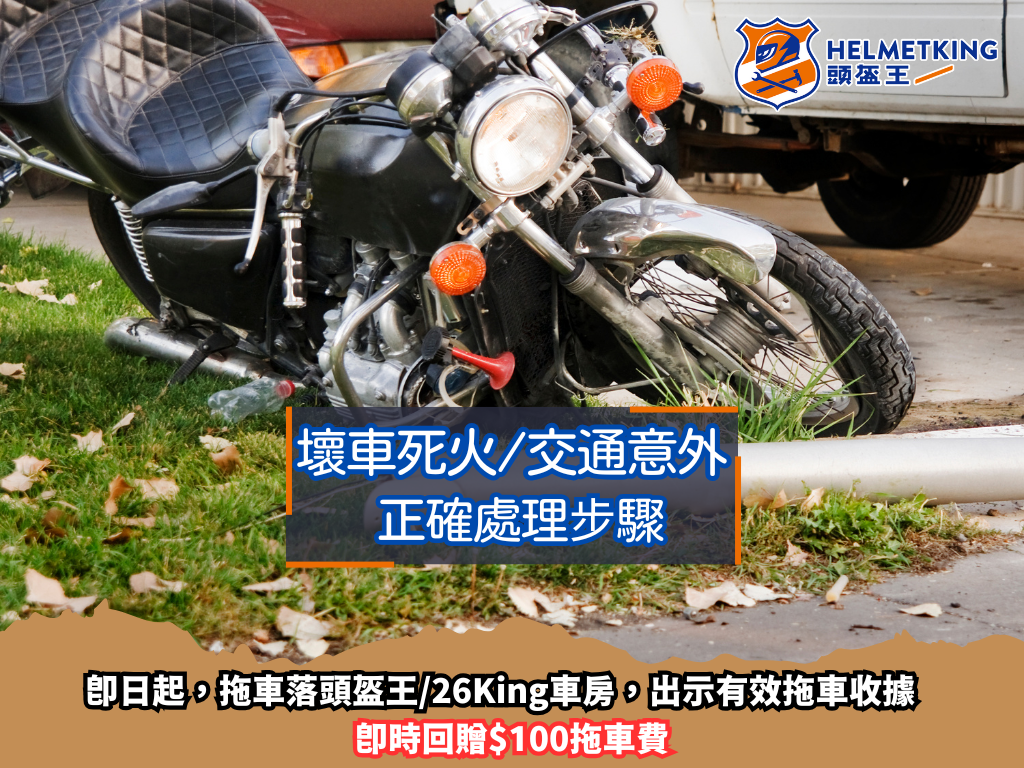
on 2025-12-11
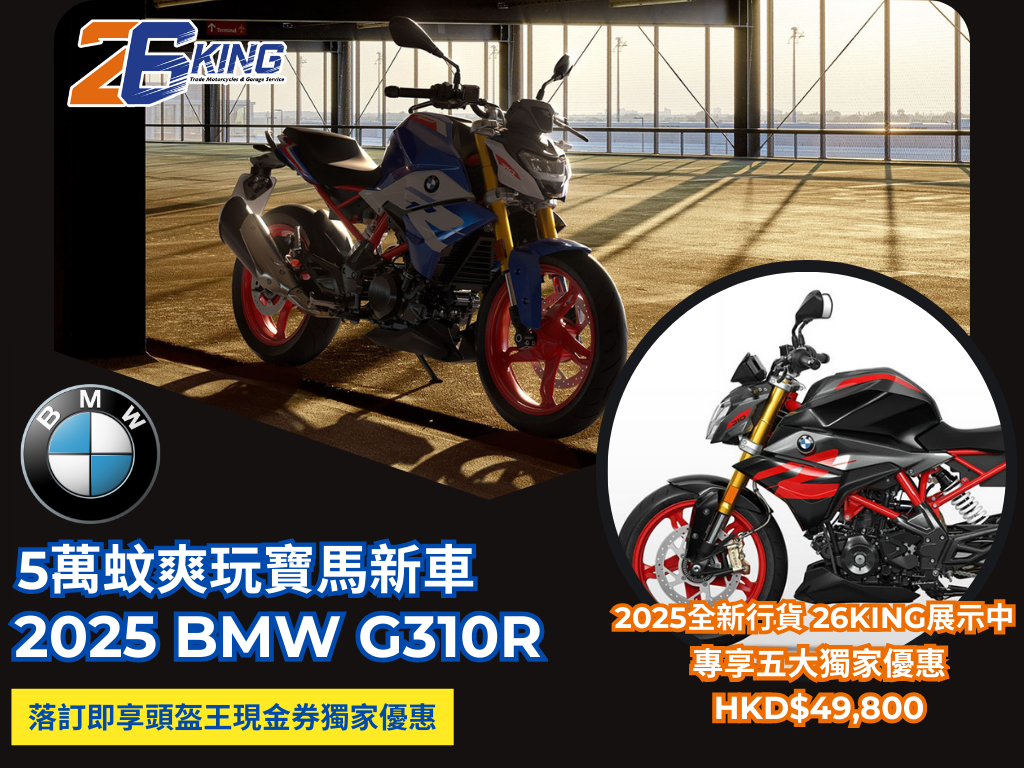
on 2025-12-07

on 2025-12-04
